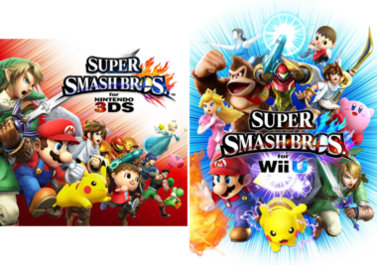AJ's games beaten 2024:
1. Yakuza 3 Remastered
PS4
2. Gley Lancer
Mega Drive
3. Flink
Mega Drive
4. Zero Wing
Mega Drive
5. Super Bomberman 3
SNES
6. Streets of Rage
Master System *NEW*
7. Goof Troop
SNES
8. Pokémon Card GB2: Great Rocket-Dan Sanjō!
GBC
9. Pop'n Twinbee: Rainbow Bell Adventures
SNES
10. Ganbare Goemon 2: Kiteretsu Shougun Magginesu
SNES
11. Super Mario Maker Wii U *NEW*
12. Donkey Kong Land 2 Game Boy *NEW*
13. The Fish Files GBC *NEW*
14. Kirby Super Star Ultra DS *NEW*
15. Yakuza 4 Remastered PS4 *NEW*
Super Mario Maker
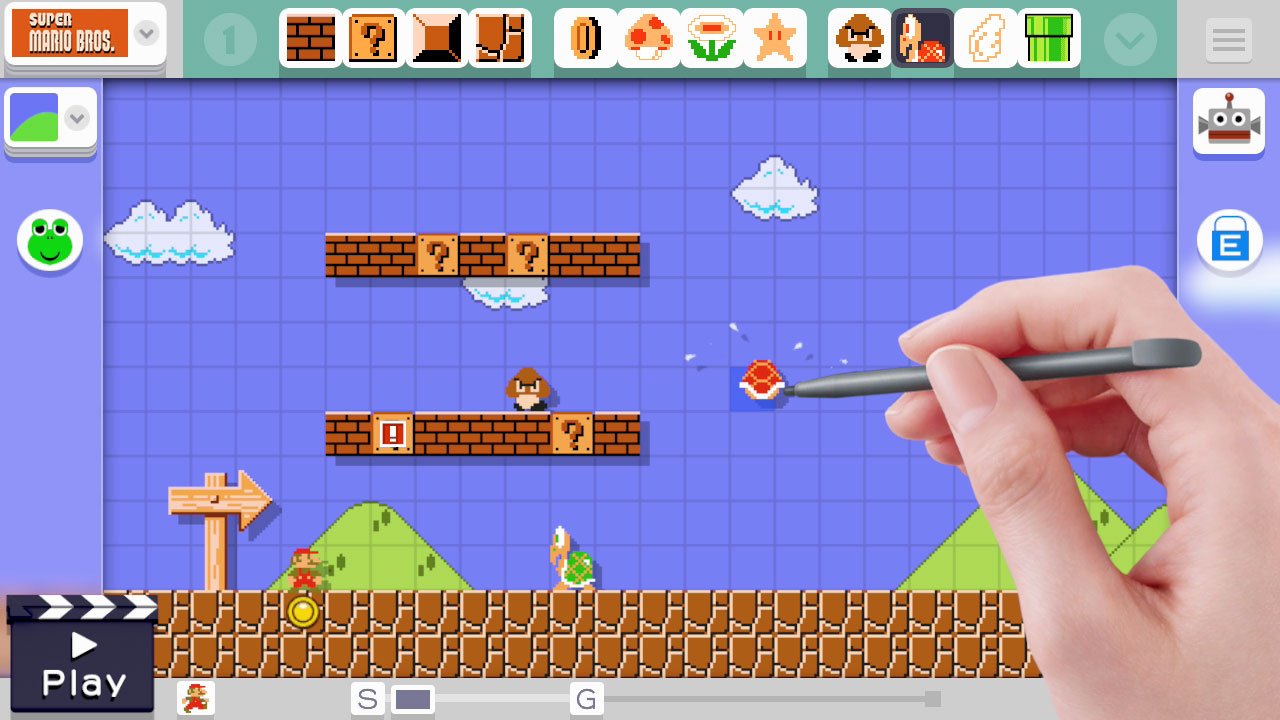
Super Mario Maker is one of the many games I’ve picked up over the years which has sat unplayed in the backlog due to having too much to play. I was incentivised to finally give it a go this year though due to the shutdown of the Wii U’s online services, effectively rendering most of this title’s content unplayable without fan solutions.
Mario Maker is obviously a game where you can craft your own mario levels, although I suspect the draw for the majority of players is being able to play the wealth of fan created levels available. You can play these individually, or through the 100 mario challenge where a series of levels is presented to you in order based on the ‘difficulty’ determined by how many players have successfully beat them.
Playing through 100 mario challenge various times is how you unlock costumes which allow Mario to turn into a variety of characters when collecting a costume mushroom. I made a goal to try and unlock as many of these as I could before the servers went down, although I had to give up eventually due to a lack of time remaining and a need to beat literally hundreds of difficult levels to unlock them.
Playing through the levels was a mixed bag. The Mario Maker toolkit is reasonably limited but quite versatile, and there are some incredible levels out there for you to find. However, doing so can feel like sifting for gold as so many levels are boring auto-playing levels, enemy dumps and troll levels, or otherwise levels with no real design skill on display, probably made by 8 year-olds. Playing the easiest or hardest difficulties tended to give you the worst selection – either boring, mindless stages or infuriating troll levels.
Mario Maker is a fun time, but for me it emphasises why I don’t really gravitate much to this type of player-content-driven title. There’s a reason people are paid to design games, and it’s because they’re good at it, generally. I had an interesting time with Mario Maker, but I’d still pick up any of the classic 2D mario games anyday before wanting to jump online with stages made by joe bloggs.
Donkey Kong Land 2
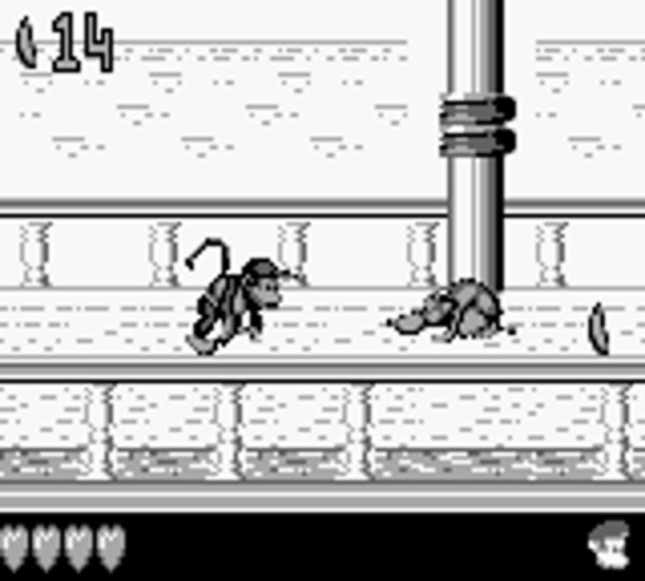
Donkey Kong Land 2 is a Game Boy title in the Donkey Kong Country series. It’s heavily based on Donkey Kong Country 2, with Diddy and Dixie as playable characters, and the same level themes as the SNES title. However, although the levels share themes, the layouts of each level are generally unique, so this offers something different for fans.
I’ve not played DK Land 1 much, but from the little I have played, they have made some big improvements between the first and second title. Backgrounds feel less busy in general, making it easier to distinguish the kongs and enemies. The physics also feel way better, with more horizontal speed and movement during jumps. And in general, the presentation feels much closer to the console counterpart.
There’s a lot of levels to playthrough here, and some decent renditions of the iconic soundtrack to enjoy. Many of the level gimmicks from the console are here and fully intact. All of the animal buddies are available to play as on specific levels too.
It’s not perfect – the small screen display makes enemies suddenly appearing from off-screen and hitting you a common occurrence – especially during vertical sections. The physics still don’t feel perfect with high vertical momentum but lower than expect horizontal movement (Ice Climber syndrome!). And there’s some weird design inconsistencies, such as the rope sliding kremlins who need to be defeated by moving into their head, which seems to only work like 60% of the time and is extremely counter-intuitive as this would cause you to take damage on the console version.
Still, DK Land 2 is a very ambitious title for the console that mostly succeeds in pulling those ambitions off. There’s a decent amount to do, it plays pretty well and I had a good time working through it. There is a definite feeling that it’s a lesser version of the console game, but if you’re a big fan of the DKC trilogy, you could certainly do worse than play this if you want more.
The Fish Files
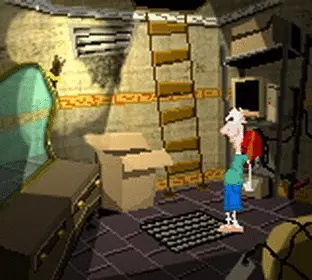
The Fish Files is a very odd title for Game Boy Colour. It is a point and click style adventure game in the vein of LucasArts classics like Day of the Tentacle, developed in Italy by only a couple of people who were still in high school. It really stands out these days for it’s graphics, which are really quite impressive for the Game Boy Colour, but the gameplay is perhaps a bit rougher around the edges.
You play as a university student who wakes up to find his beloved pet goldfish has been abducted – as have your dormmates fish and many other fish from the nearby area. You explore your uni campus, the nearby town and a few other places trying to find clues as to where she has gone. The game has a silly scifi tone and throughout the adventure you meet parodies of Mulder and Scully, invade a military base, travel through alternate dimensions and more.
Where the game falls down is generally in 2 areas. The first is the translation – this game was written in Italian, and whilst the English translation is passable in terms of being comprehensible, it feels like it is missing something (mostly the humour, where it feels like some of the jokes would have landed better with superior writing).
The second issue is the puzzle design, which feels a little stretched. Old-school adventure games were often criticised for their ‘moon logic’ puzzles, but the good ones were fairly good at steering you in the right direction so you at least had a vague idea what you needed to achieve. The Fish Files doesn’t do this, so you often end up having to try everything on everything in the hope to figure it out. It also has an issue with lots of small items to pick up that aren’t made very clear, which is exacerbated by the small GBC display. The worst culprit for the bad puzzle design is the ‘multitool’ which stands in for all sorts of functions. At least 3 times in the game I forgot about this and had to use it in combination with another item to solve a puzzle, and in every situation it was different what it did.
The Fish Files is a really cool game. The ambition of the title, especially considering the age of the people who made it, really makes it stand out. But unfortunately, whilst it’s cool and interesting, it’s not ultimately much fun, or especially good from a game design perspective. I’m glad I gave it a play, but it won’t be joining my favourite games for the genre or the system any time soon.
Kirby Super Star Ultra

Kirby Super Star Ultra is a DS remake of the Super Nintendo game Kirby Superstar. The unique gimmick of the title is that it is made up of multiple self-contained ‘games’ to play through which mix up the Kirby format in a few different ways.
For example, Spring Breeze, the first game mode, is essentially an abbreviated remake of the original Kirby’s Dream Land with the addition of powers from later titles. Later game modes mix things up though – Gourmet Race features a race vs Dedede whilst eating as much food as possible, The Great Cave Offensive has you exploring a sprawling cave network searching for treasure, The Revenge of Metaknight features you smashing apart Metaknights ship whilst his crew comment on what’s going on and make plans to defeat you, and Milky Way Wishes has you finding various kirby power ups in the world to then be used as you wish, rather than breathing in enemies.
Super Star Ultra recreates all of the original game modes very faithfully, but with a graphical refresh – the art style is a bit more textured and slightly less bright than the original, and each mode is introduced with a new short CG cutscene. It’s a slightly different presentation to the original, but it still looks and sound great.
If this was the extent of the remake, it would be a nice way to play the game but not anything special. Luckily, Ultra also adds a few new game modes to the title to enjoy alongside a few new mini-games. The first new modes is Revenge of the King, a harder version of Spring Breeze based on the extra mode of the original Dream Land. It’s not as hard as that game, but it adds back in the missing 3rd boss and offers up an increased challenge vs Sprint Breeze. Second we have Meta-Knightmare Ultra – a condensed version of the original modes where you play as Metaknight. It’s fast paced and feels like a mode designed for speedrunning. Third is Helper to Hero, a version of the arena where you are forced to play as one of the helper characters from the main game. Finally, the True Arena offers a harder version of the Arena featuring harder bosses and less healing items.
Whilst the new modes aren’t anything super special on their own, they definitely help to make this the most feature-rich and definitive version of Super Star, which in turn is already one of the best and most beloved Kirby games. This is a great title and highly recommended.
Yakuza 4 Remastered
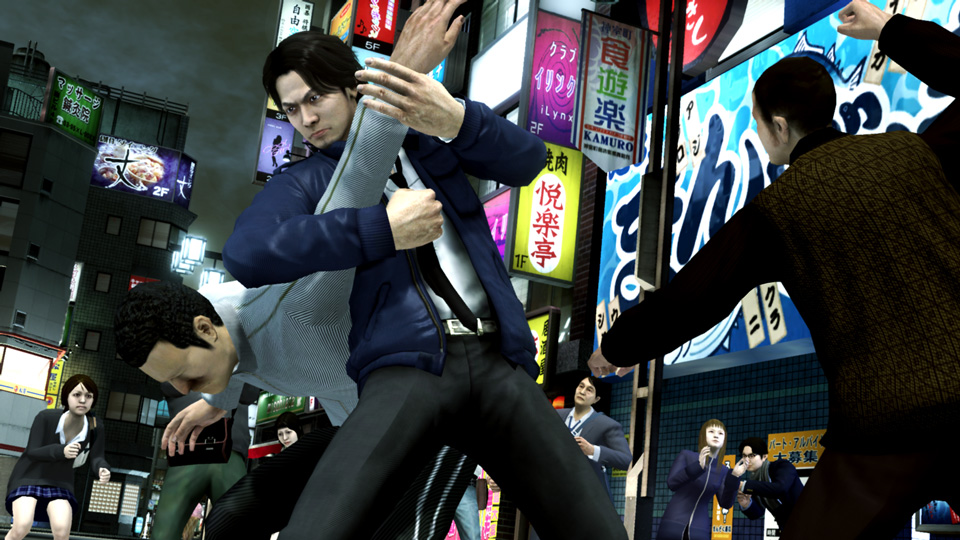
Having beaten Yakuza 3 earlier in the year, and continuing my objective to catch-up a bit with the releases in the series, I dived into Yakuza 4 recently. Yakuza 4 mixed things up a bit from the outset – you don’t play as Kiryu in the beginning, instead being placed into the shoes of Shun Akiyama, a loan broker in Kumurocho who gets caught up in a Yakuza war when a Yakuza he was financing kills an associated clan’s member and another customer he was supporting becomes a target. The story takes place over 5 characters, with Akiyama being followed by Saejima - a yakuza imprisoned for killing 15 rival Yakuza in a planned killing who escapes from prison, Tanimura – a policeman who doesn’t play by the book trying to solve the murder of his father, and finally Kiryu in chapter 4, who as usual needs to step in and fix all the Tojo clan’s drama. The final chapter has all 4 characters coming together to resolve the various issues which as you might expect are all connected.
Storywise, Yakuza 4 seems to get a mixed rap amongst series fans. There are certainly some moments in the game that are a bit silly, but to be honest I feel this is par for the cause with Yakuza. The overarching plot however I thought was one of the strongest in the series and had some compelling twists.
Playing as the 4 characters was interesting – they have done a good job of making them all feel unique in both personality and gameplay. Akiyama is happy go lucky and features a rapid, mobile fighting style that is easy to get to grips with. Saejima is sombre and lost in the modern world after 25 years in prison, and hits like a truck but lacks mobility making him harder to get the hang of. Tanimura is a gambler associated with the immigrant community in Little Asia and plays like a grappler, putting enemies into armlocks and leglocks making him great for 1 on 1 fights but cumbersome against multiple enemies. And Kiryu comes with most of his moves from the previous games unlocked and feels experienced and capable from the outset, reflecting the fact that he’s done this all many times before.
Yakuza 4 feels like the first big move to modern Yakuza – mini-games feel way more polished here than in Yakuza 3, substories feel much more fleshed out and significant, and the completion list content is detailed and varied. There’s an absolute ton of stuff to do as well, with loads of character exclusive content as well as stuff available too all 4 protagonists. The combat feels way more refined regardless of which of the 4 characters you’re controlling too. I did try my best to work towards completing on this one, but at about 85% I decided I’d had my fill. I had a good time getting to that point though, even with some of the tasks I had though would be frustrating or dull.
Yakuza 4 was honestly a really positive surprise. Being that it’s still a PS3 title and that Yakuza 3 felt relatively dated, Yakuza 4 feels remarkably contemporary to the PS4 titles, and you can feel the series starting to hit it’s stride here. Yakuza 0 remains my favourite in the series, but this one does enough to be a contender for second place (Kiwami 2 would be the other contender I think so far). Definitely worth a play, and making me look forward to what’s next in Yakuza 5, which I hope to tackle later in the year.








